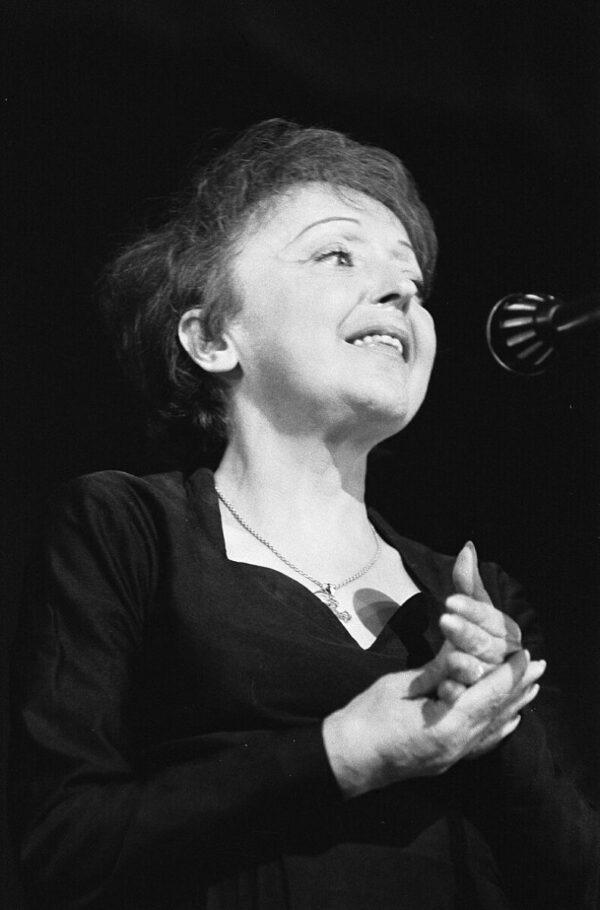Edith Piaf and Marcel Cerdan: The Tragic Love Story
In the bustling streets of Paris, Edith Piaf rose from poverty and hardship to become one of France’s most iconic singers. Her powerful voice captivated audiences worldwide. Behind her fame was a love story marked by tragedy: Piaf’s relationship with boxing champion Marcel Cerdan.
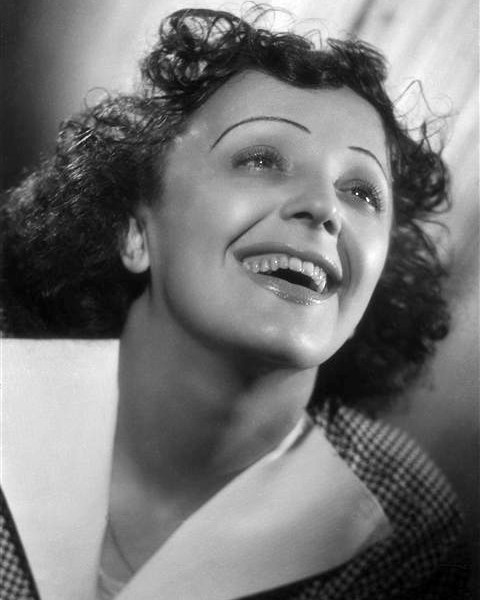
Edith Giovanna Gassion, known to the world as Edith Piaf, was born on December 19, 1915, in Belleville, a poor district of Paris. Raised in poverty, she had a difficult childhood.
Her mother, a singer, abandoned her at birth, and her father, a circus performer, enlisted to fight in World War I, leaving her in the care of her grandmother, who ran a brothel in Normandy. Piaf’s life was marked by hardship, but her voice soon became her salvation.
Piaf was discovered while singing on the streets of Paris due to her raw, emotional voice that captivated audiences. In 1935, she was noticed by nightclub owner Louis Leplée, who gave her the stage name “La Môme Piaf,” meaning both “the kid” and “The Little Sparrow” (piaf is slang for bird in French).
She became a sensation, known for her heartfelt performances of songs like “La Vie en rose”, “Non, je ne regrette rien”, “Hymne à l’amour”, “Milord”, “La Foule”, “L’Accordéoniste” (1940), and “Padam, padam…” .”
Piaf’s rise to fame was meteoric, and she became one of France’s most beloved singers.
Marcel Cerdan: The Boxing Champion
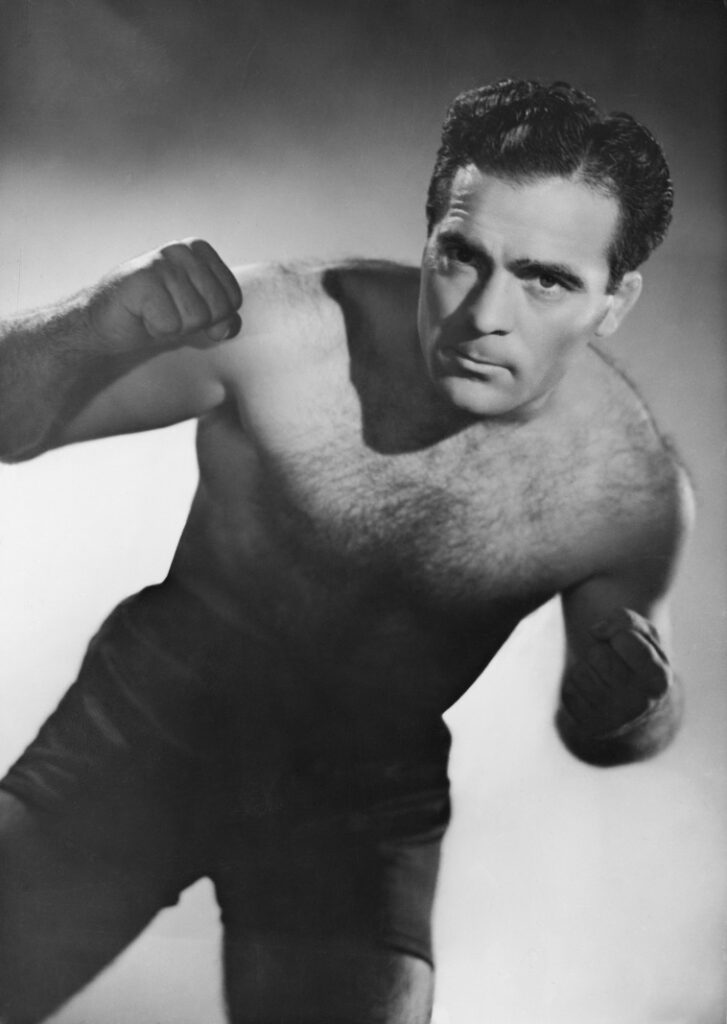
Marcel Cerdan was born on July 22, 1916, in Sidi Bel Abbès, Algeria, then a French colony. Raised in a family of Pied-Noirs, French nationals living in Algeria, Cerdan started boxing at a young age.
His talent quickly became apparent, and he moved to Casablanca, Morocco, with his family, where he began his professional boxing career in 1934. There, he honed his skills and built his early reputation as a formidable boxer.
Cerdan’s victories in the ring earned him the nickname “The Moroccan Bomber,” and he became a local hero in Casablanca.
Cerdan’s career reached its peak when he won the World Middleweight Championship on September 21, 1948, by defeating Tony Zale in Jersey City.
His most famous fight came when he faced Jake LaMotta, the subject of Martin Scorsese’s film Raging Bull, in Detroit on June 16, 1949. Cerdan lost the fight after suffering a dislocated shoulder, which forced him to retire in the 10th round.
The Love Affair
Piaf and Cerdan met in 1947 in New York, and their relationship quickly blossomed. Piaf, at the height of her fame, fell for Cerdan, and their love affair grew into a legend.
Despite being married with three children, Cerdan pursued the relationship with Piaf, and the two were often seen together in Paris and New York. Piaf’s song “Hymne à l’amour” is believed to have been written for Cerdan, expressing the deep love she felt for him.
Marcel’s Early Death
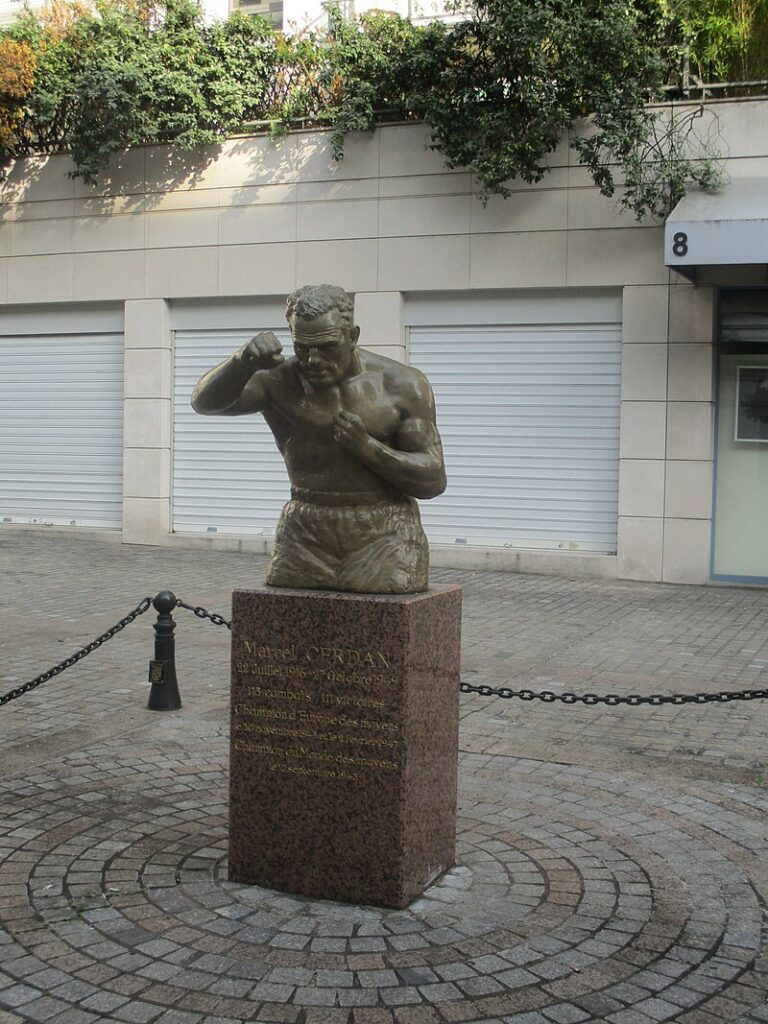
The tragic end to their love story came on October 28, 1949. Cerdan was flying from Paris to New York to be with Piaf when his Air France flight crashed in the Azores, killing everyone on board.
Cerdan’s death devastated Piaf. She continued to perform, but the loss left a permanent mark on her. Piaf’s song “Mon Dieu,” released after Cerdan’s death, is often associated with the grief she felt over losing him.
Her performances became more intense, and her voice carried the weight of her sorrow.
Edith’s Later Life
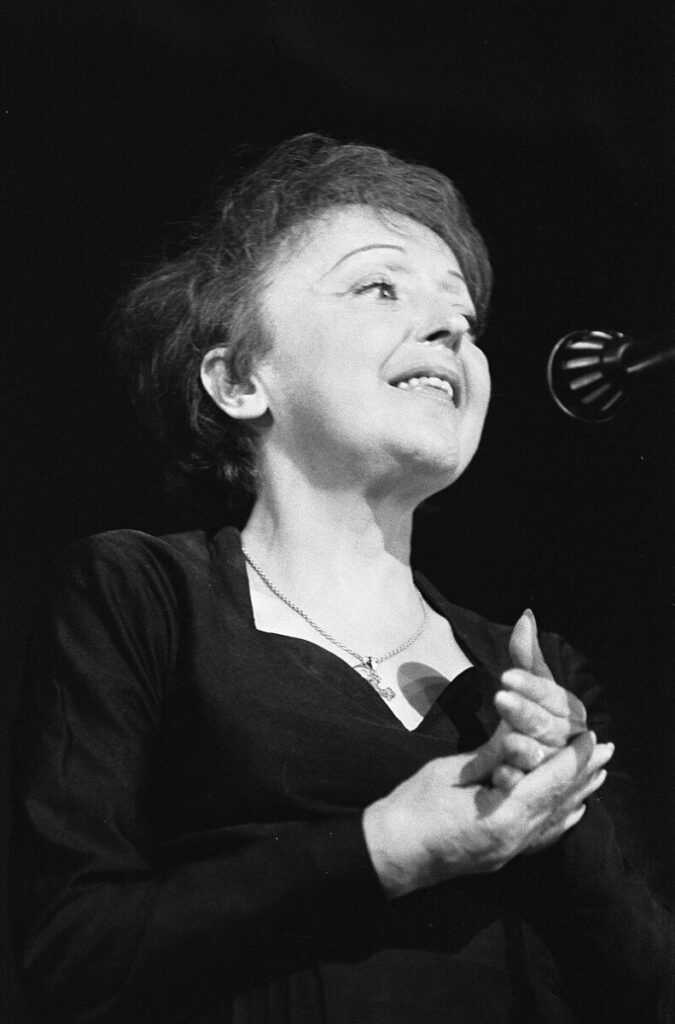
Despite her fame and success, Edith Piaf struggled to find lasting happiness after the loss of Marcel Cerdan. She went on to marry the singer Jacques Pills in 1952, but their marriage ended in divorce.
Though she had many lovers throughout her life, Piaf’s heart remained forever tied to Cerdan. As the years passed, her physical and emotional pain grew.
She drank heavily to cope with her ailments, including the severe arthritis that plagued her, and she became addicted to morphine. Her health deteriorated, leading to multiple collapses during concerts and several surgeries.
Piaf continued to perform and record music throughout the 1950s and early 1960s. In 1962, she married Théo Sarapo, a Greek hairdresser and singer who was 20 years younger than her.
The marriage was controversial, but Sarapo supported Piaf during her final years. They recorded the duet “À quoi ça sert l’amour?” together, which became one of her last hits.
The Final Years
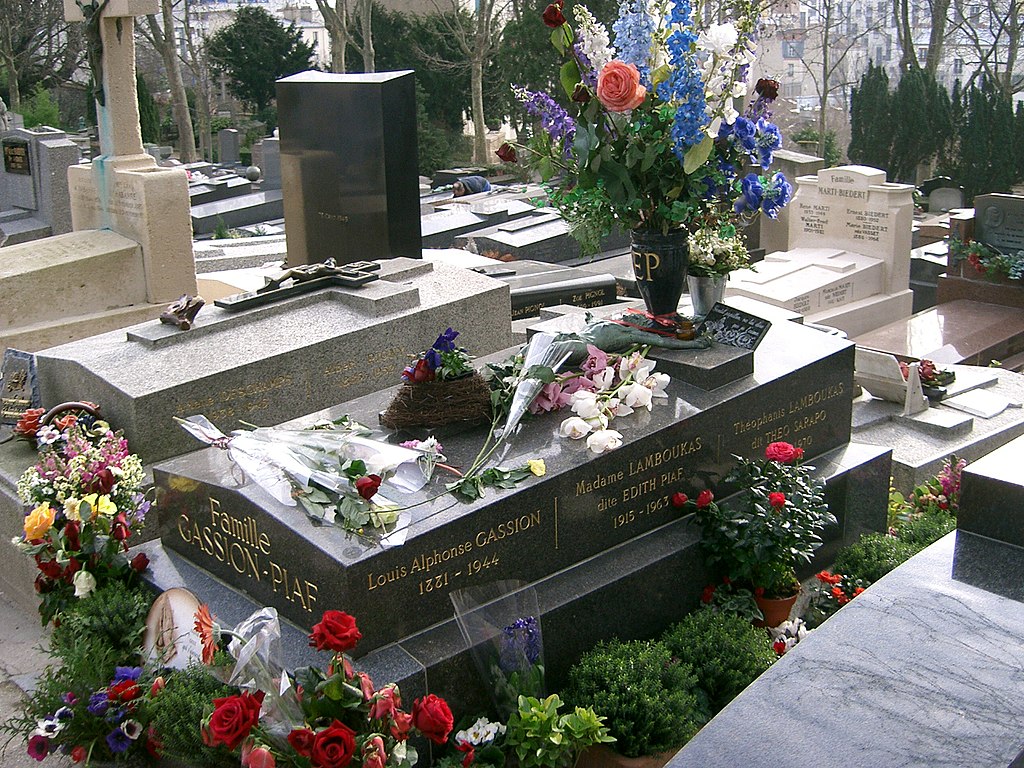
Piaf’s health deteriorated rapidly in the early 1960s. She suffered from severe arthritis, addiction to morphine, and liver damage. Despite her failing health, she continued to perform until her final concert on March 31, 1963, in Lille.
Piaf died on October 10, 1963, at the age of 47, in Plascassier, near Grasse, in the south of France. Her funeral procession in Paris was attended by tens of thousands of fans.
Her close friend, Jean Cocteau, famously said of her, “I have never known anyone less sparing of their soul. She didn’t just spend it; she lavished it, throwing its gold out the window.”
The intense passion Piaf shared with Cerdan left an indelible mark on her music and on the French chanson repertoire, forever defining her legacy.

